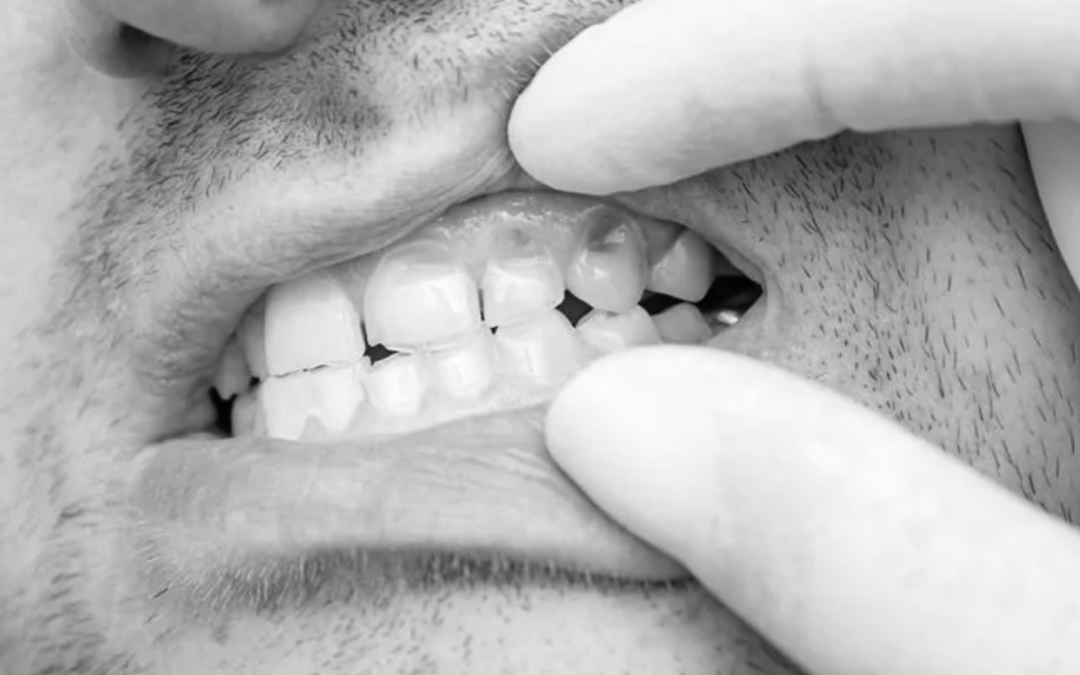Dental hypoplasia, alternatively known as enamel hypoplasia, stands as a distinctive dental concern characterized by a reduction in the thickness of tooth enamel, resulting in poor-quality enamel due to its low mineral content. This developmental dental defect, denoted as D3, unveils a complex interplay of factors affecting enamel formation and poses unique challenges, especially for children and adolescents. This article embarks on an exploration of dental hypoplasia, shedding light on its causes, manifestations, and the crucial role of enamel in oral health.
The Significance of Enamel: Guardian of Tooth Health
Enamel, the outermost layer visible on teeth, serves as a robust protective shield contributing significantly to overall dental health. Its tough structure ensures the durability of teeth and guards against external stressors. Any compromise to the integrity of enamel, such as in the case of dental hypoplasia, can manifest as visible irregularities on the tooth’s surface, including dents, rough patches, or pits. Additionally, dental hypoplasia may manifest as discoloration or spots, raising concerns about both aesthetic and functional aspects of affected teeth.
Dental Hypoplasia: A Developmental Dental Defect
The origins of dental hypoplasia lie in disruptions to enamel cell development during crucial stages. Notably, this condition is more prevalent in teens and young children than in adults. The critical periods for potential disruptions extend from pregnancy through early childhood. Disruptions during the formation of baby teeth, either during pregnancy or immediately after birth, can set the stage for dental hypoplasia. Moreover, disturbances during infancy and early childhood can influence the enamel development of adult teeth as they begin to erupt.
Factors Contributing to Dental Hypoplasia
Several factors contribute to the likelihood of dental hypoplasia, creating a multifaceted landscape of causative agents. These factors include:
1. Nutritional Deficiencies:
- Low birth weight or premature delivery
- Low levels of vitamin D
2. Genetic Factors:
- Genetic predisposition plays a role in the susceptibility to dental hypoplasia.
3. Maternal Health:
- Gestational diabetes in the mother
- Pregnancy-related bacterial and viral diseases, such as syphilis, transmitted from mother to child
4. Medical Conditions:
- Diabetes
- Low thyroid function
5. Environmental Factors:
- Excessive fluoride consumption
- Dental damage or inflammation
Developmental Timeline: Unraveling the Onset of Hypoplasia
Understanding the developmental timeline of enamel provides insights into the varying susceptibility of teeth to hypoplasia. While the enamel on a child’s front baby teeth generally reaches its full potential by the age of five, the full development of molars extends until around age eight. Simultaneously, the eruption of adult teeth commences at the age of six. This temporal variability underscores the diverse windows of vulnerability to dental hypoplasia, with different teeth experiencing potential disruptions at distinct times.
Navigating the Impact: Addressing Dental Hypoplasia Challenges
Addressing dental hypoplasia involves a comprehensive approach, considering both preventive measures and therapeutic interventions. Early detection through regular dental check-ups facilitates timely intervention and minimizes the impact on oral health. Additionally, promoting maternal health, ensuring adequate nutrition, and managing environmental factors contribute to reducing the risk of dental hypoplasia in susceptible individuals.
Conclusion: Empowering Oral Health Through Awareness and Action
Dental hypoplasia emerges as a multifactorial concern that intertwines genetic, environmental, and developmental elements. By unraveling the complexities surrounding enamel health and understanding the diverse factors contributing to hypoplasia, individuals can take proactive steps to safeguard oral health. From maternal well-being to nutritional adequacy and environmental considerations, a holistic approach is key to preventing and managing dental hypoplasia, ensuring that the guardian of tooth health, enamel, remains resilient and robust.

Erin Balsa is a highly skilled and knowledgeable health journalist with a passion for educating the public on important health and wellness topics. With extensive experience in both traditional and digital media, Erin has established herself as a trusted voice in the field.

